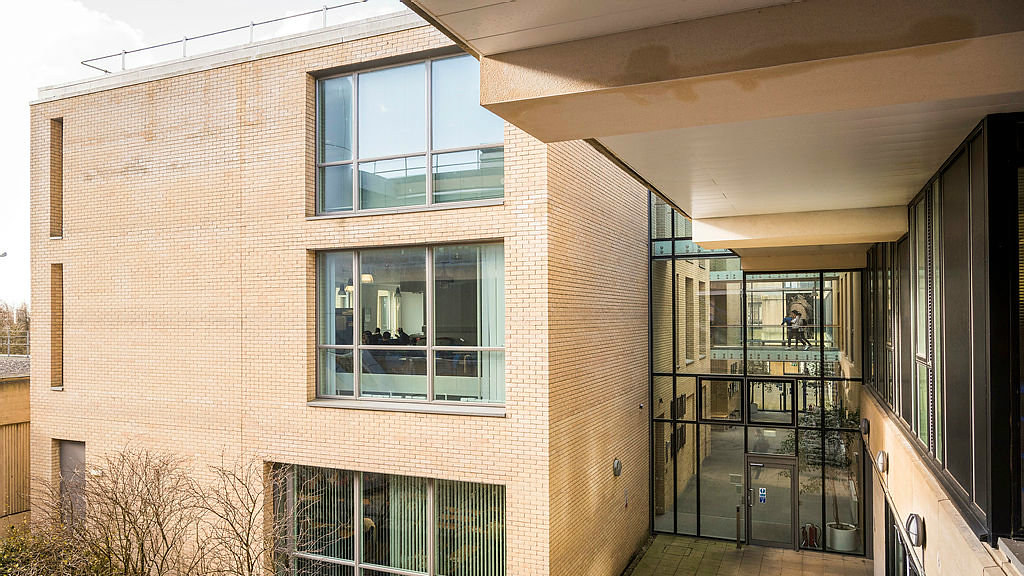The Technology Strategy Board is funding a total of 17 developments in the first phase of a four-year, £8 million programme that aims to help the construction industry as a whole to better understand the performance of different building types, design strategies, construction methods and occupancy patterns, and the relative contribution of various factors to the eventual performance of the buildings.
- Construction of 4West was particularly difficult as it involved the demolition of a 1960s building at the very heart of the campus; however the resulting development provides valuable new research and teaching space as well as a new Postgraduate Centre.
- Woodland Court is a 355-bed student residence arranged over four floors and located at the easternmost edge of the campus.
Dr Andy Shea, from the University’s Department of Architecture & Civil Engineering, will be undertaking an in-depth, two-year study of the buildings within his research group BRE Centre for Innovative Construction Materials.
He said: “This research will allow us to look in very fine detail at exactly how each of the buildings is performing.
“Typically there is a significant difference between the calculated environmental standard of a building on paper and that achieved once a development is in use.
“This research will be enormously helpful in not only advising the University of any changes that could be made to the two buildings, but also in providing the industry as a whole with information that can be applied to future developments.”
The research will involve a team of people examining in detail the exact way both buildings are used, the functions performed in them and the equipment used.
Woodland Court is a unique example with students entering and exiting the building throughout the day and using a variety of electrical appliances of varying environmental impact.
Dr Shea said: “The findings of our research into energy consumption and building usage of Woodland Court will be quite unique and have the potential for impacting on student accommodation design across the country.”
Technology Strategy Board’s Head of Sustainability Richard Miller said: “The government has set the challenging target of an 80 per cent reduction in carbon dioxide emissions in the UK by 2050.
“With 45 per cent of the UK’s carbon dioxide emissions coming from buildings, we need to stimulate innovation towards achieving these goals. A key challenge is to ensure that building designs lead to physical buildings that perform as intended.”
Research at the University of Bath will begin in April 2011 and continue for two years.
Peter Phelps, Energy & Environment Manager at the University’s Department of Estates, said: “This evaluation will provide vital research in a key area for achieving the UK’s challenging carbon reduction targets.
“The University will act upon the findings to educate our current and future development plans, and is committed to using the results to further improve the environmental performance of the two new buildings.”

